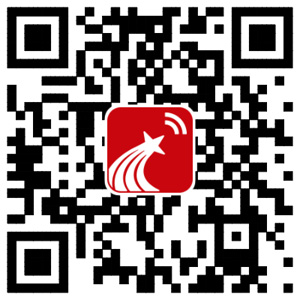关键词:
allergy
equine
IgE allergen-specific
IL-4
IL-5
insect bite hypersensitivity
vaccination
摘要:
Background Skin allergies are among the most frequent types of allergies, where continuous investigation of the pathological immune mechanisms is required for a better understanding and a more effective treatment of the disease. In this study, we aimed to investigate the effect of interleukin (IL)-5 vaccination on allergen-specific IgE antibodies as well as T cell cytokine modulation in skin allergy using a mouse model and a naturally occurring disease in *** Ovalbumin (OVA)-sensitized mice, as well as horses affected by equine insect bite hypersensitivity (IBH) were administered an anti-IL-5 vaccination, and allergen-specific IgE and IgG were quantified in the blood. Additionally, mRNA and protein expression of T cell cytokines of in vitro allergen re-stimulated murine splenocytes and equine peripheral blood mononuclear cells (PBMCs), as well as in IBH lesional skin biopsies, were investigated using qPCR and ELISA. Clinical signs were recorded by ear swelling in *** Our data showed a significant decrease in allergen-specific immunoglobulins (Igs) in IL-5-vaccinated mice, as well as a reduction in allergen-specific IgE in horses. Furthermore, protein production of T cell cytokines IL-4 and IFN gamma in mice, as well as mRNA expression of IL-4, IL-5, IL-13, and IFN gamma in lesional skin of the horses, was significantly decreased upon vaccination when compared to the placebo group. Furthermore, we demonstrated that CD4+ cells in IBH-affected horses are highly enriched with the GATA3 transcription factor, responsible for IL-5 mRNA production and differentiation of Th2 cells. Additionally, increased IL-4 mRNA expression in IBH horses was shown to be CD4-MHC-II-cell *** IL-5 vaccination significantly decreased allergen-specific IgE in both the murine skin allergy model and horses with naturally occurring allergic skin disease, as well as alleviated clinical signs of the diseases. We suggest that the IL-5 depletion may modulate the IL

